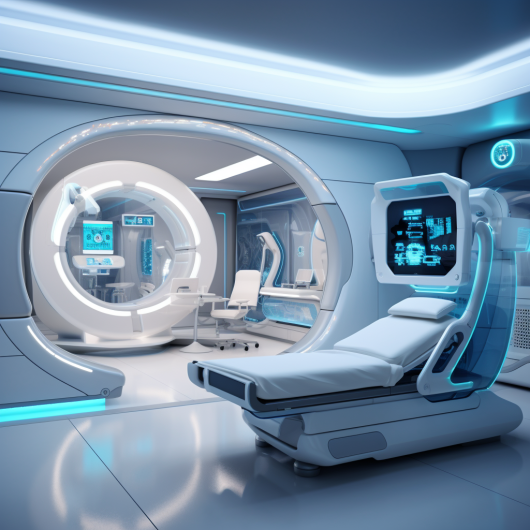In the world of future medicine, the world of entertainment literature, cinema and comics has imagined everything from regeneration tanks, to human-robot integrations, to multi-purpose prostheses, to miracle serums. For some years now, however, the frontier of the fantastic seems to be getting closer and closer, and of this trend, the recently presented ‘Anthrobots’ represent an unstoppable vanguard. Conceived and developed by biologist Michael Levin and his team, these cellular micro-robots, formed from human cells, self-assemble into multicellular structures. Their incredible versatility offers new therapeutic perspectives, from overcoming arterial plaques to accelerating neuronal repair, paving the way for a range of revolutionary applications.
Anthrobot Technology:
Anthrobots, the brainchild of Levin, utilise human cells taken from the trachea, forming multicellular structures that can move autonomously thanks to special protein cilia. These structures, initially inspired by the cilia of human lung tissue, are now reprogrammed to perform specific actions, opening a new chapter in the manipulation of cells for therapeutic purposes.
The Origins:
Levin had already explored the concept in 2020 with xenobots, using frog cells to create autonomous cellular entities. Anthrobots, derived from human tracheal cells, exploit the cilia usually present in this tissue for the purpose of expelling mucus with a very different function, as they do not only act as a means of protection, but are actively exploited as propellers for the mobility of the organoid biobot.
Manipulation of Cellular Interactions:
The key to the success of these micro-robots lies in the discovery and still being analysed ability to reprogramme cell interactions, enabling them to form new structures and perform specific tasks, presumably outside their natural functions.
This would open a window to a new world of therapeutic possibilities, revealing the rules governing the assembly and functioning of cells in the human body and enabling previously unimaginable healing activities.
Therapeutic Properties of Anthrobots:
The authors of the study tested the therapeutic properties of anthrobots by growing a simple two-dimensional layer of neurons in the laboratory and triggering a wound in it.
The introduction of anthrobots in the right amount catalysed the healing process, suggesting promising applications in the repair of damaged nerve tissue.
Future Therapeutic Applications:
From eliminating arterial plaques to repairing neural damage, anthrobots could pave the way for a revolutionary therapeutic future. The ability to use the patient’s own cells would reduce the risk of unwanted immune reactions, representing a huge step forward in personalising medical treatment.
Anthrobots represent an astonishing example of how the manipulation of human cells can lead to unprecedented therapeutic advances. Even doubts about safety and doomsday scenario-style robot escapes would seem to be averted by a short lifespan and easy degradability, which would promise a significant and safe impact in the medical context.
#anthrobots #newtechnology #discovery #medicine #newborders






